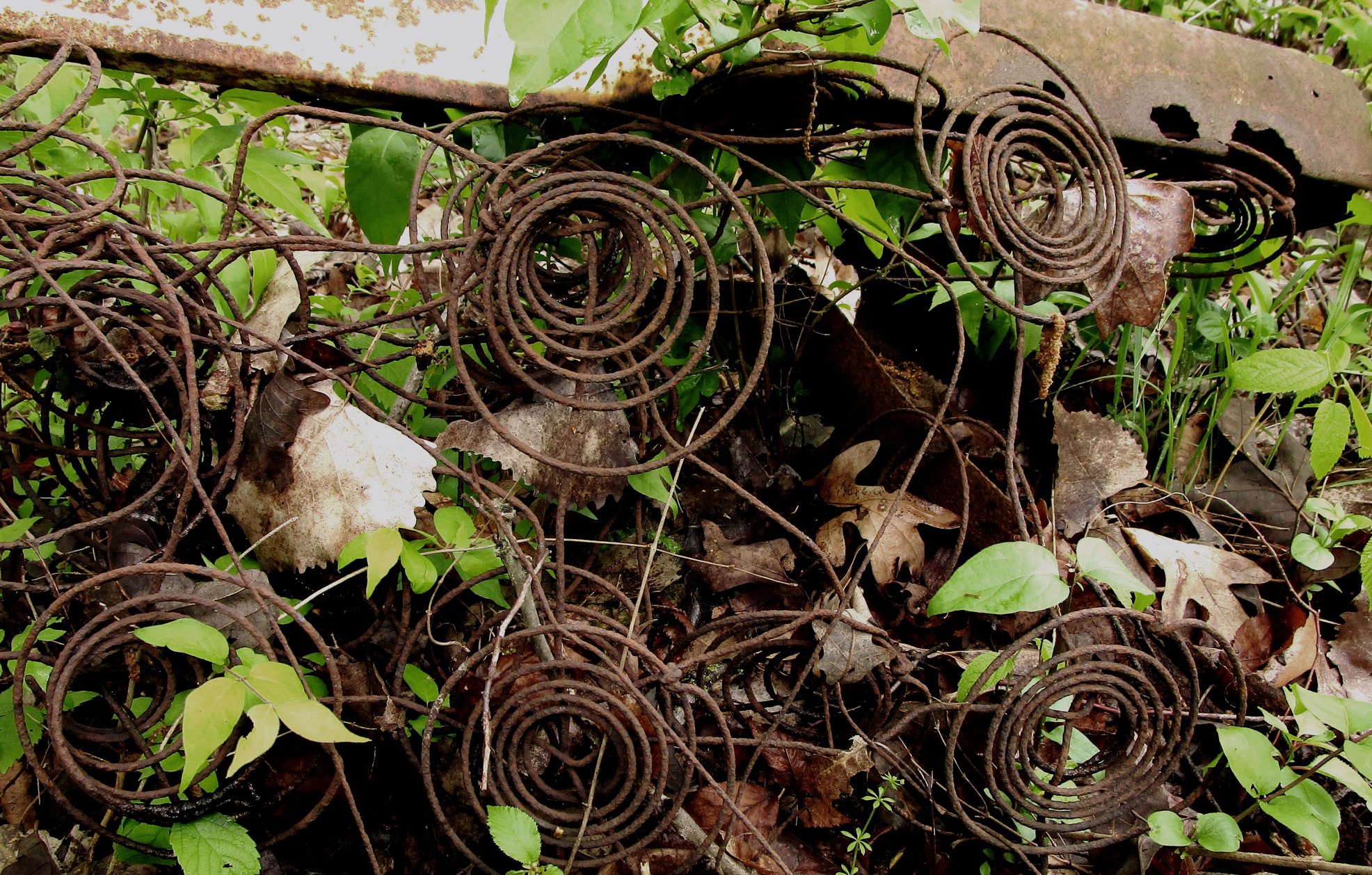Destruction not allowed: Don’t tamper with nature or use preserves as dumping grounds

The forest preserves of Will County belong to everyone and they were created to provide a place for creatures and plants to thrive, for humans to enjoy while respecting nature and as open spaces that absorb flood waters and carbon emissions.
They were not created so people could damage the terrain by building their own paths through the woods, constructing playsets or docks on Forest Preserve property or dumping their old mattresses and tires and other debris in the woods or waters.
But every year it’s a constant battle to keep the preserves free of encroachments and trash.
So, as spring turns into summer and more people will be heading outdoors, the District would like to remind everyone that the Forest Preserve’s General Use Ordinance No. 124 prohibits these types of activities and those who violate the ordinance will be cited by police. The ordinance states no person shall:
- Alter, damage, destroy, excavate, move, or remove any property of the District, including any signs, items, structures, or improvements, whether natural or man-made.
- Cut, move, remove, paint, uproot, destroy or in any way alter any flora, whether alive or dead.
- Pick or gather any seed of any flora.
- Remove or relocate any natural material of the forest preserve floor, such as earth, sod, fossil, rock, sand, or gravel.
- Erect, construct, or install any structures, or perform any maintenance on, below, over, or across a forest preserve.
- Ride a bicycle except on a designated path, trail, or roadway.
- Deposit or cause to be deposited any fill, sediment, ashes, medical waste, hazardous materials, trash, rubbish, paper, garbage, refuse, debris, or junk.
Trails
The Forest Preserve District has 127 miles of designated paved, crushed limestone and natural surface trails throughout Will County where people can hike, bike or even ride their horses. But people have disregarded the rules and created paths in places where they shouldn’t be.
“We can’t allow these unauthorized trails because we have a commitment to protect the natural resources within our preserves,” said Ralph Schultz, the Forest Preserve’s chief operating officer. “Our land holdings include dedicated state nature preserves, which are specially protected natural areas because they contain something of rare or unique ecological value. Our trails offer a variety of recreational opportunities depending on the site, and visitors are required to stay on designated trails for their safety and for the protection of all the preserves and their inhabitants.”
Rogue trails destroy the nature that once grew there, said Barbara Sherwood, the Forest Preserve’s restoration crew leader and volunteer liaison.
“Because these unauthorized trails were not designed with the protection of our natural areas in mind, they cause erosion, change the flow of creeks as well as the drainage, and can cause potential damage to or fragmentation of rare plant populations,” she explained. “They also can damage the bark on roots of mature trees, which could cause bruising wounds that can introduce infection.”
These trails also can impact wildlife, especially if someone is on a bike on an illegal natural surface trail.
“High speed bikes can startle and alarm the wildlife causing them unnecessary stress,” she said. “It’s one thing to walk through the woods on a designated trail, but it’s another to tear through on a mountain bike in an area not designated for bicycling.”
The trails also disrupt the District’s management of the woodlands, she added. “Trails can create unintended firebreaks and disrupt tree thinning projects.”
Fly dumping and vandalism
Thousands of dollars a year are spent fighting vandalism, which can include fly dumping (where people dump large trash items in the preserves and then “fly” away in their vehicles), graffiti, thefts and accidents.
In 2020, vandalism at 29 District sites cost $23,189.19 in materials, labor, equipment and repairs. Compared to 2019 numbers, the 2020 totals show a 34.8 percent increase in incidents and a 68.7 percent increase in costs.
“Fly dumping costs the taxpayers of Will County in several ways,” Schultz said. “Our crews have to clean up the garbage and it takes them away from other maintenance and improvement tasks. We have to pay to dispose of the items. And there can be damage to the environment, depending on what has been dumped.”
Items dumped on Forest Preserve land include furniture, tires, drywall, doors, vegetation, pallets and big screen TVs. Vandalism includes stolen signs, damaged fences and structures. Someone even nailed a 2-by-2-foot sign to a tree in Rock Run Preserve. And graffiti with obscenities and gang symbols is a constant problem.
Schultz said preserves were acquired and managed to protect some of Will County’s last undisturbed natural areas and to create new habitats for native species and provide respite for visitors.
“Dumping in or vandalizing these sites degrades them and is a blatant disregard for nature and an insult to the taxpayers who set these preserves aside and enjoy them,” Schultz said. “How would they feel if their neighbors began dumping garbage in their yard, destroying their property or spray painting their garage? I’m guessing they’d be a bit angry and disillusioned too.”
